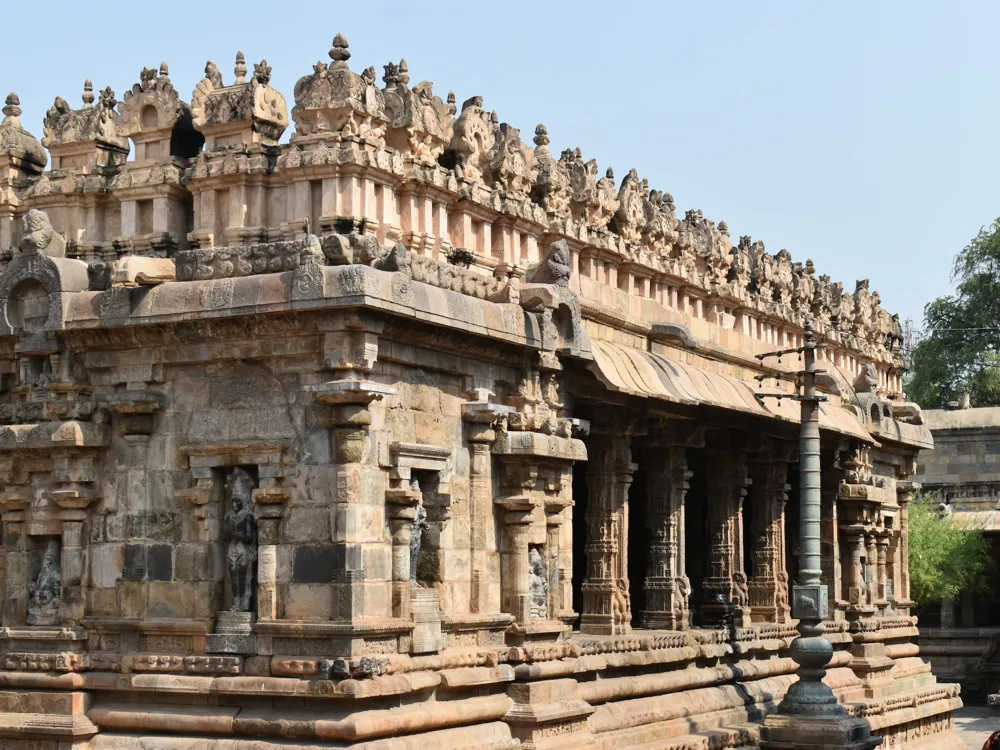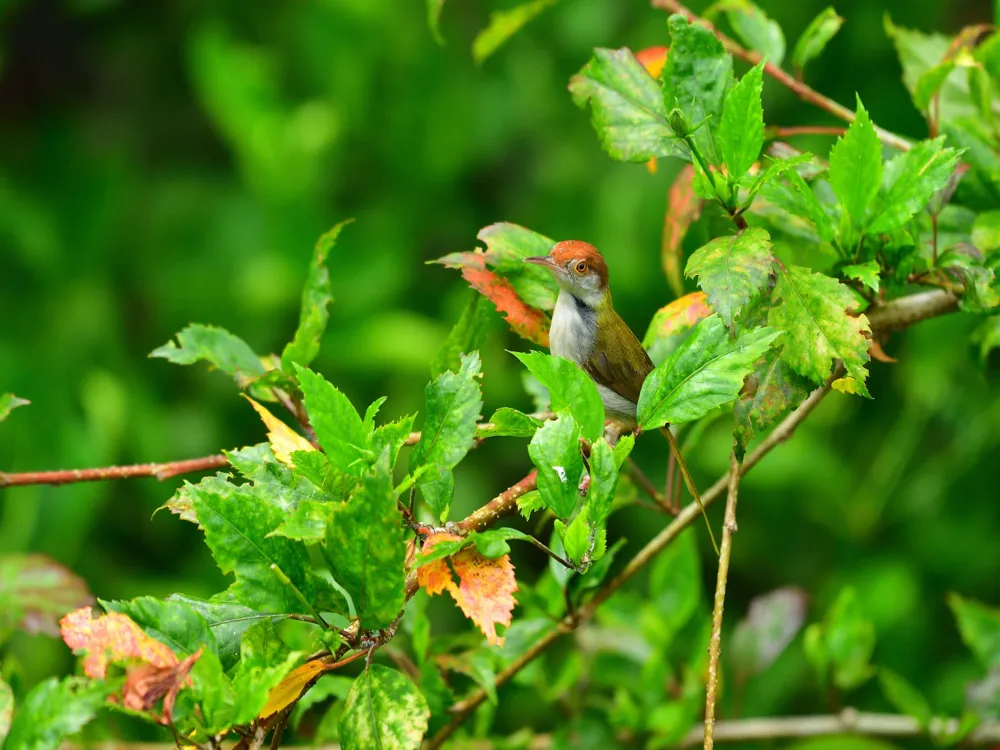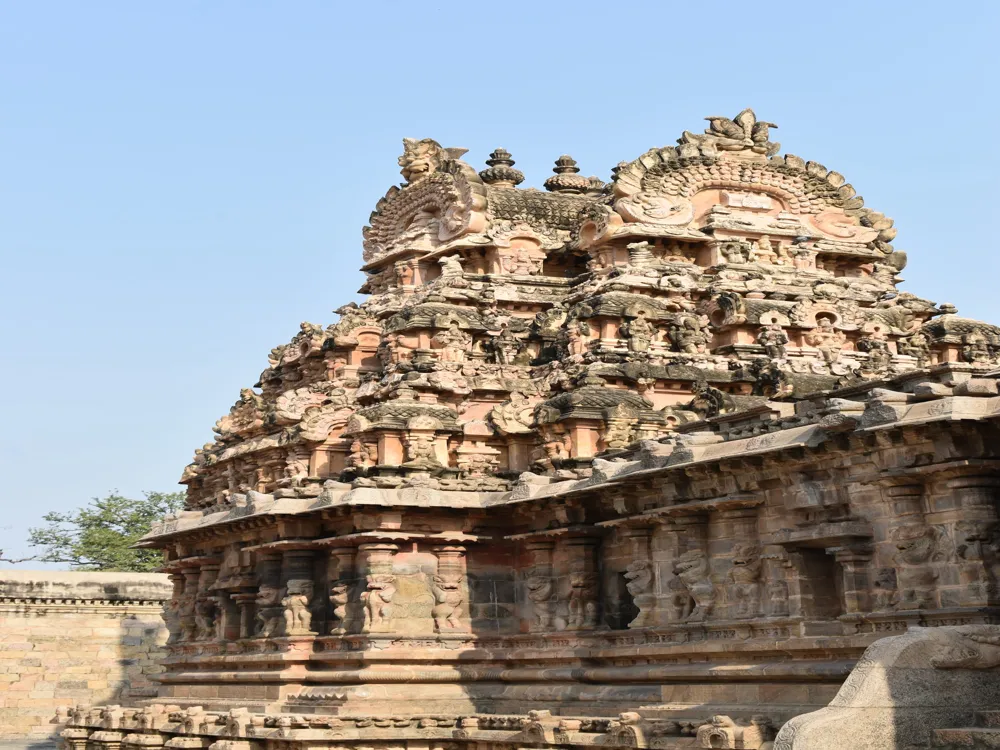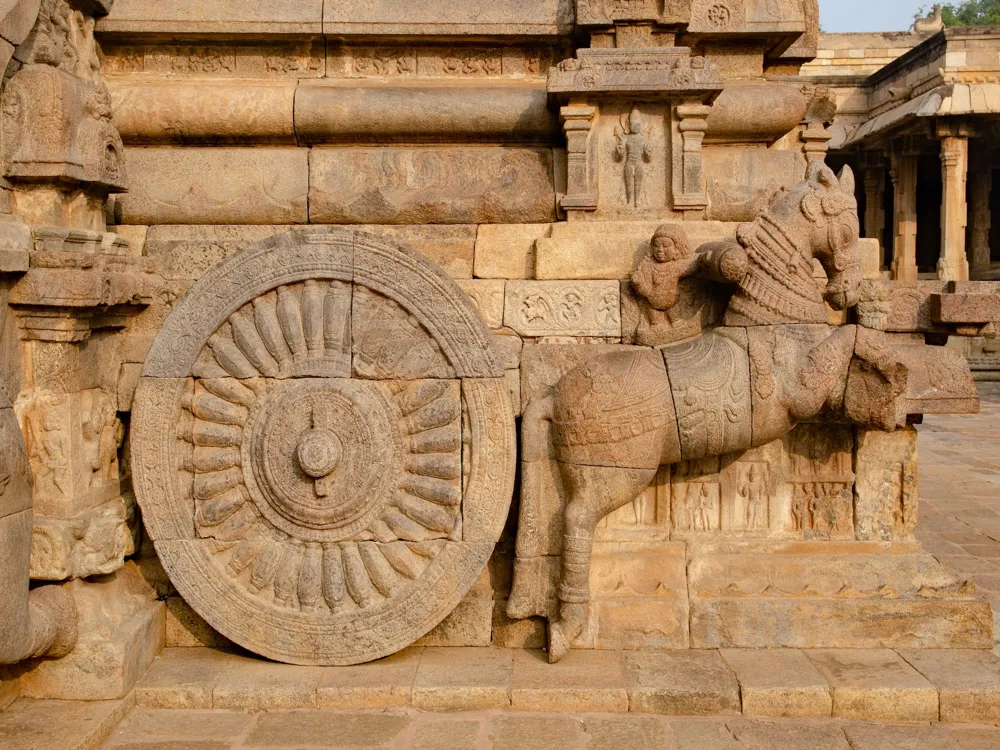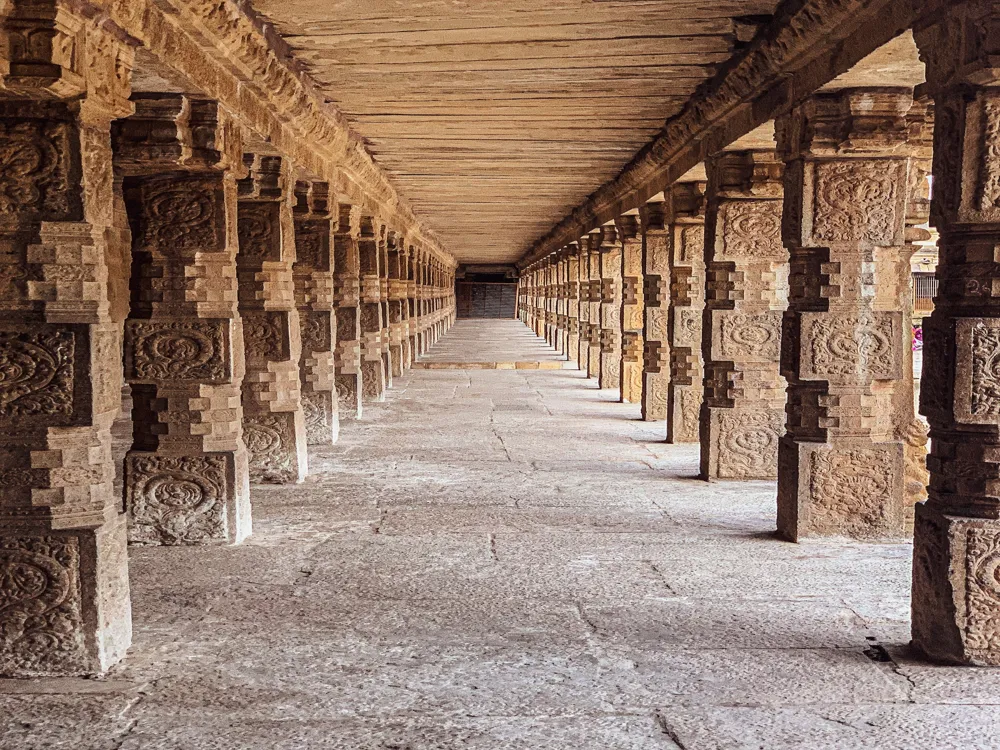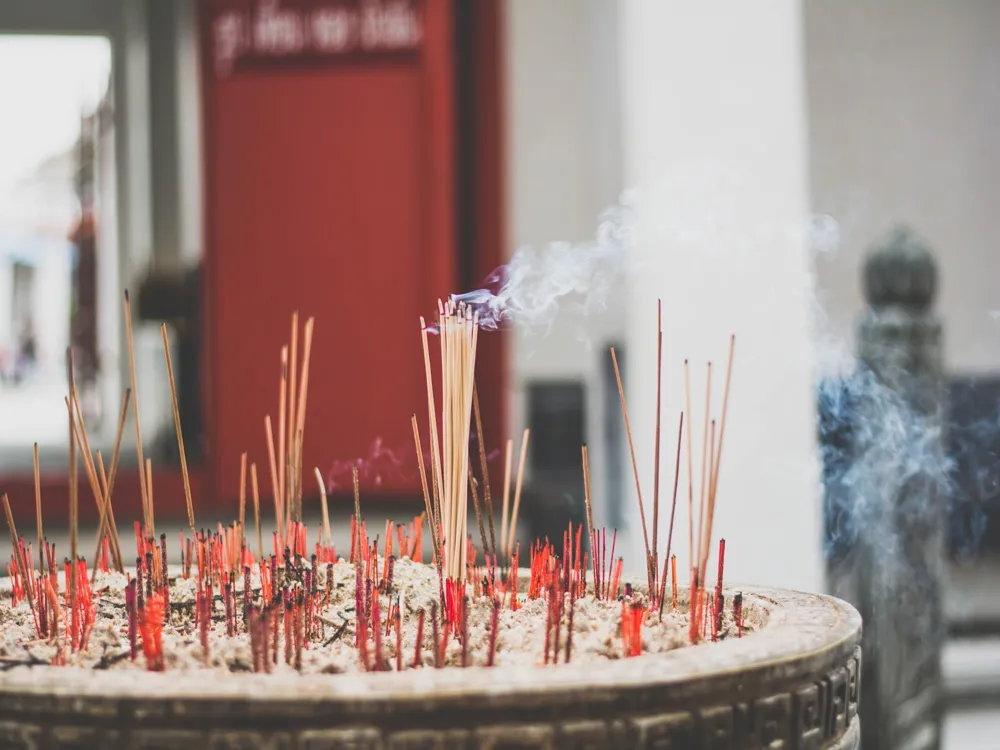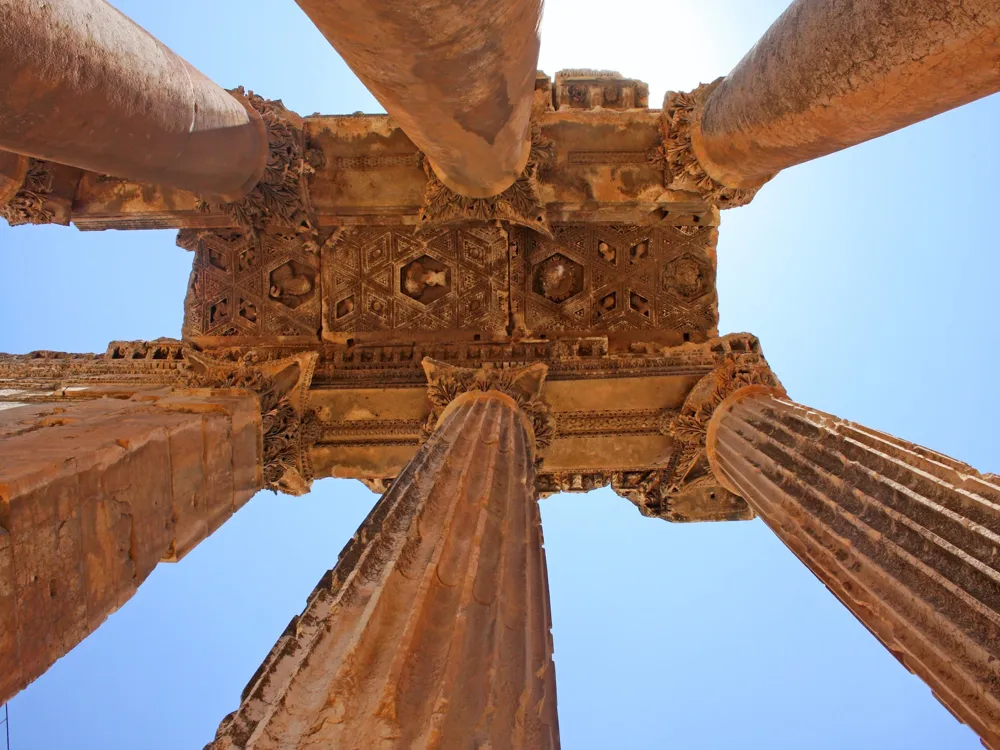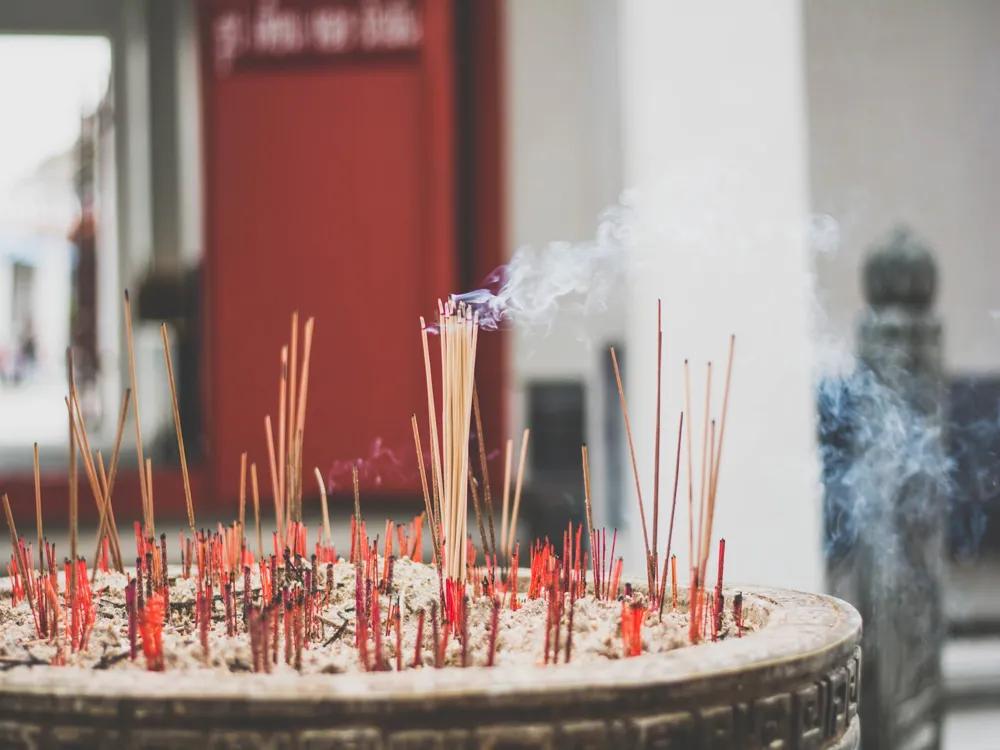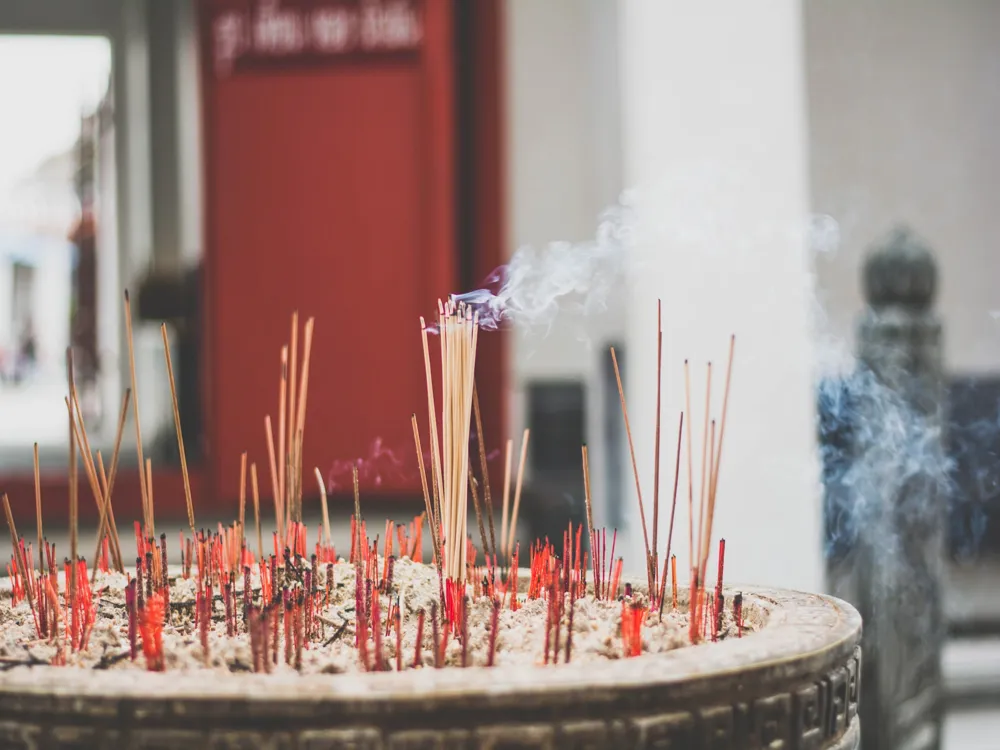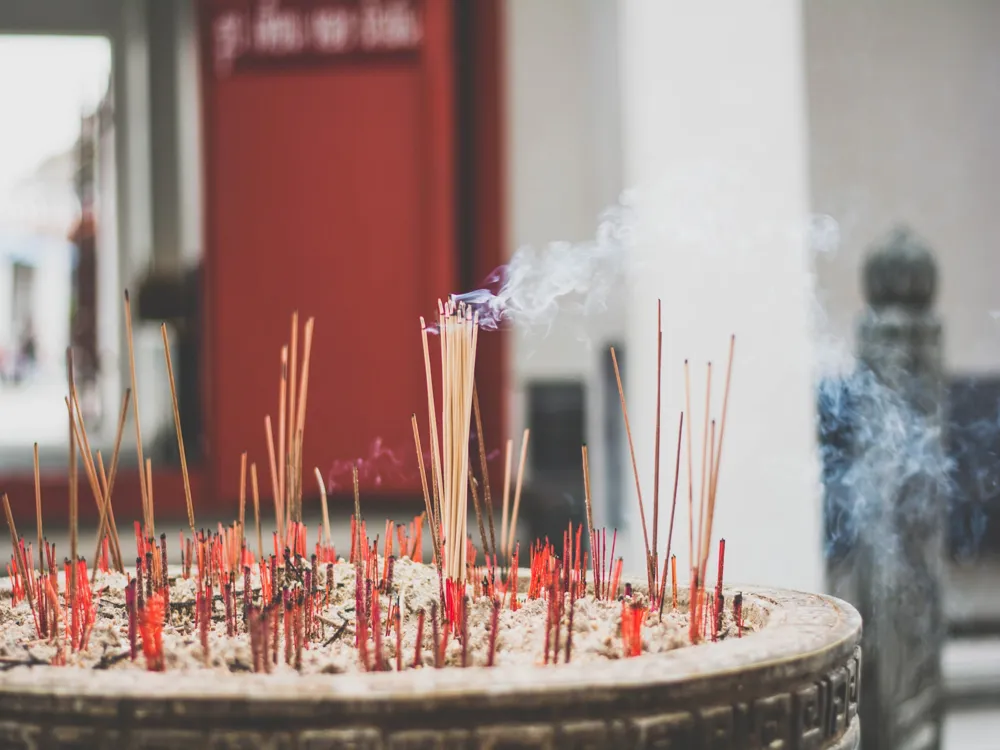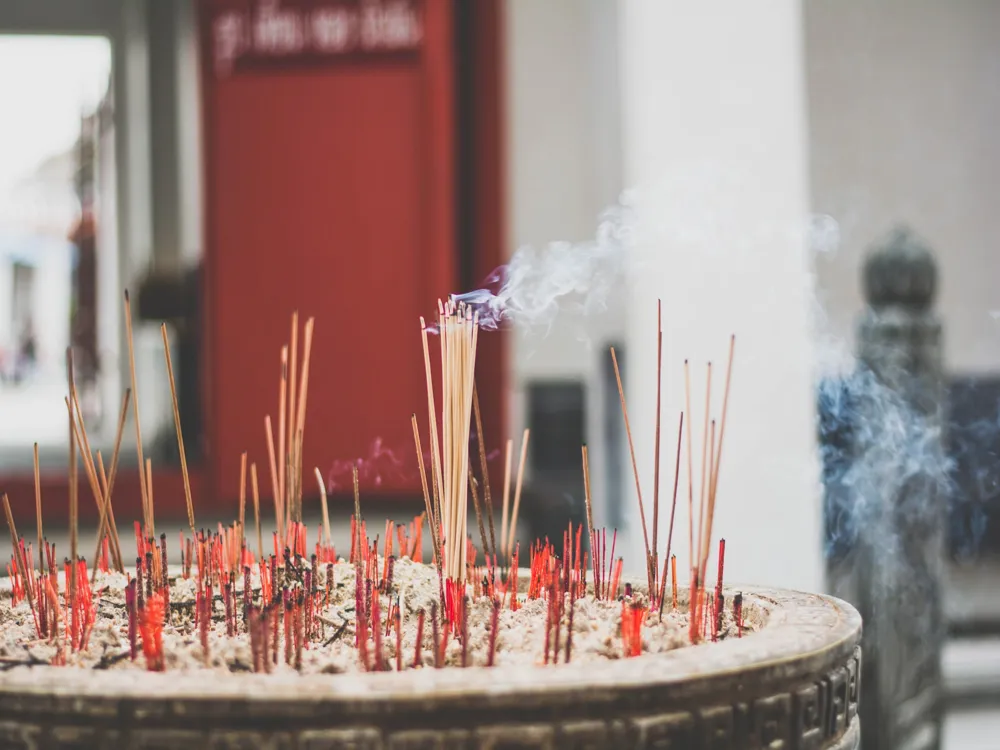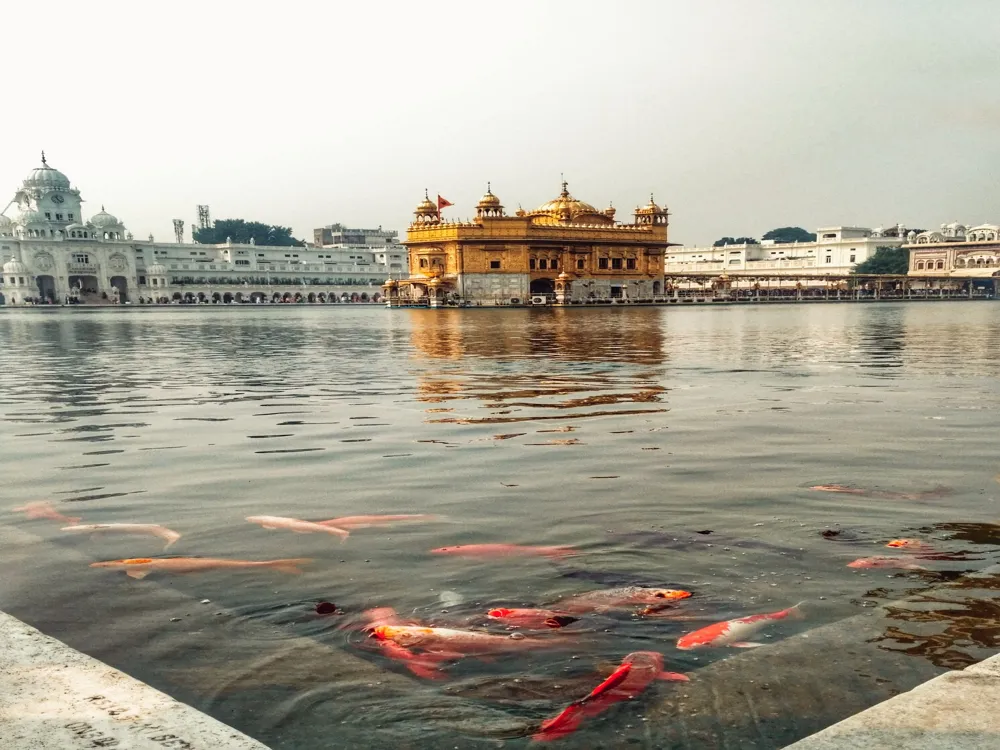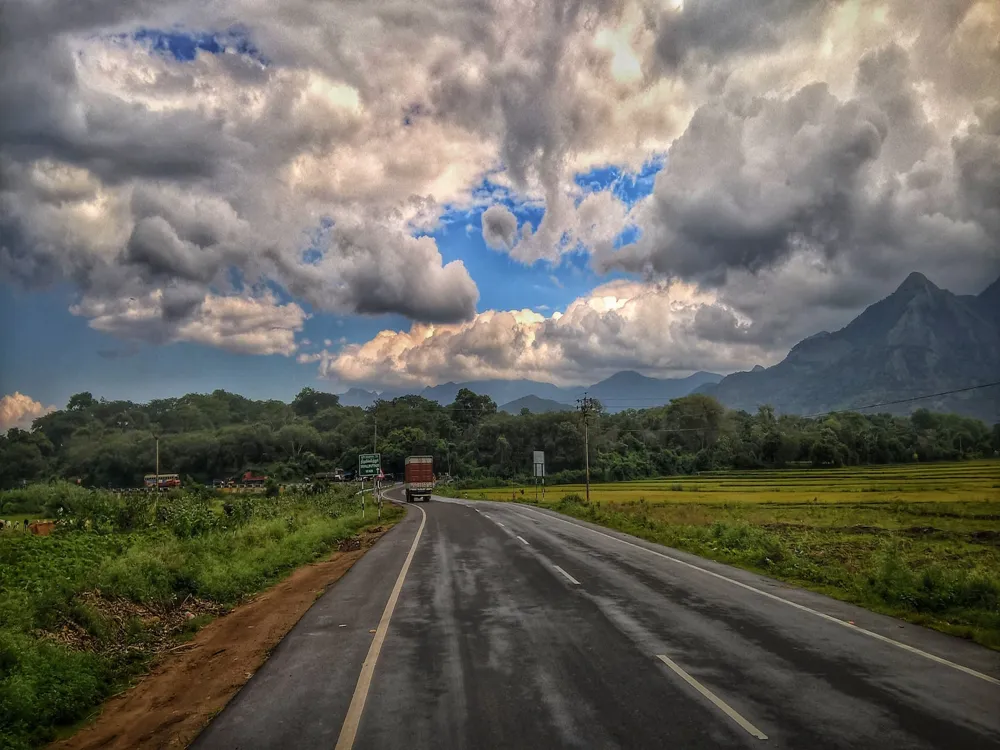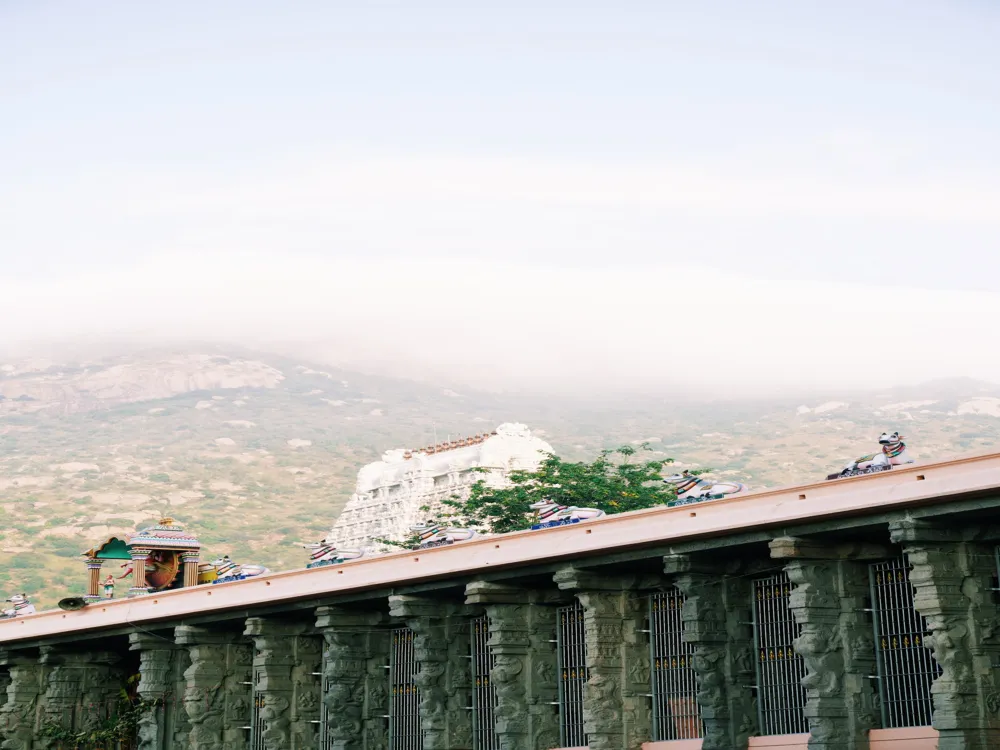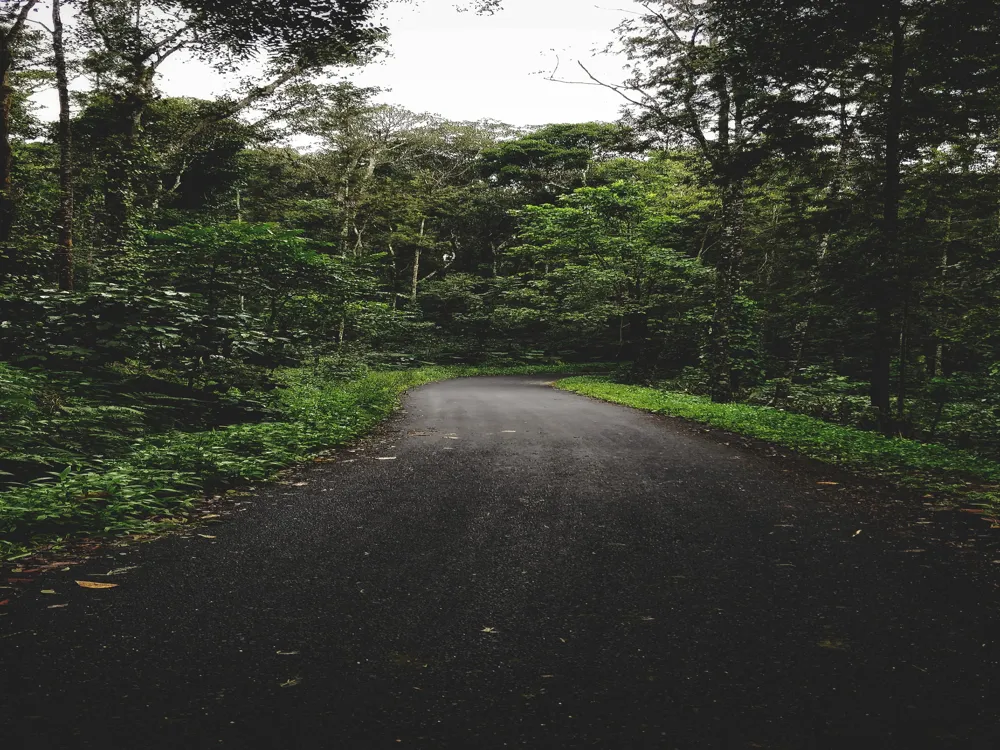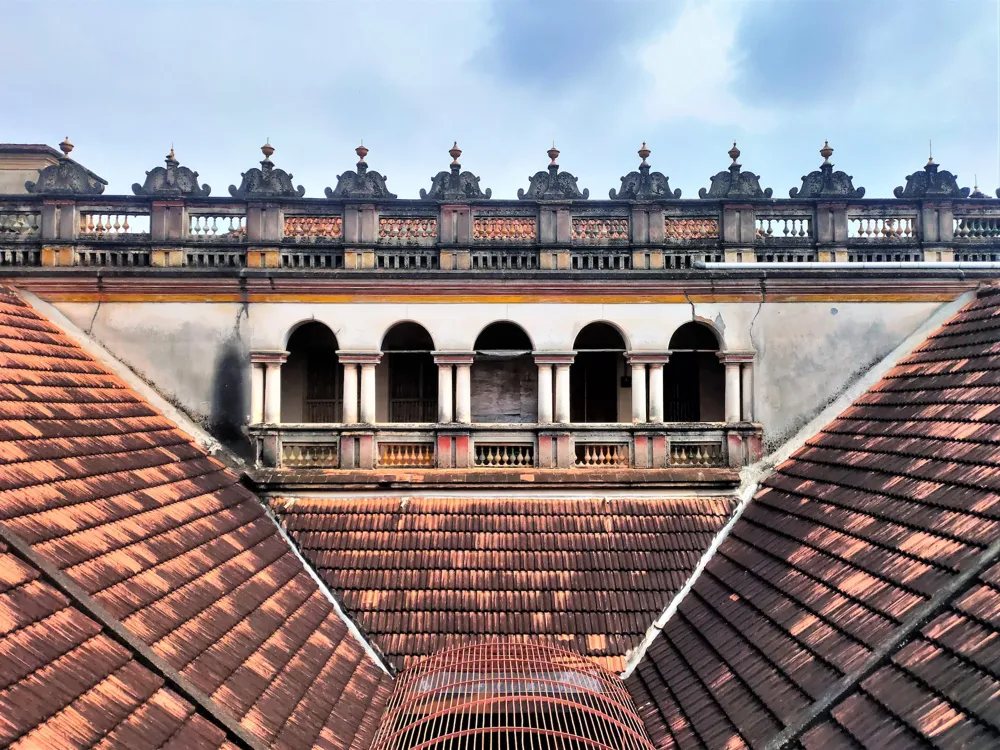Best Time to Visit Kumbakonam
Tamil Nadu India
22 out of 55 Places to visit in Tamil NaduNaN onwards View Packages
Get Customized PackagesThe Land of Diversity
Top Hotel Collections

Private Pool

Luxury Hotels

5-Star Hotels

Pet Friendly
What is the Best Time to Visit Kumbakonam?
Kumbakonam, a city nestled in the heart of Tamil Nadu, India, is a treasure trove of cultural and religious heritage. Planning a visit to this historical gem requires careful consideration of the weather and seasons. Let's delve into the optimal times to experience Kumbakonam's enchanting beauty.
More about the Best Time to Travel to Kumbakonam
Travel Peak Season in Kumbakonam
The peak season in Kumbakonam unfolds during the winter months, from November to February. This period offers a delightful escape from the scorching heat, with temperatures ranging from 20 to 30 degrees Celsius. The pleasant weather enhances the exploration of the city's renowned temples, allowing visitors to immerse themselves in the rich cultural tapestry.
Travel Offseason in Kumbakonam
Contrary to the peak season, the offseason in Kumbakonam, from June to September, unveils a different charm. Though the temperatures may soar, this period promises a quieter and more reflective experience. Monsoon rains bring a refreshing touch to the landscape, casting a serene ambiance over the city's historical landmarks.
Kumbakonam Travel Packages
View All Packages For Kumbakonam
Kumbakonam in Shoulder Season
The shoulder season, spanning March to May, represents a harmonious balance between the extremes of hot and cool. During this time, temperatures hover between 25 to 35 degrees Celsius, offering visitors a more moderate climate. Exploring Kumbakonam during the shoulder season allows for a diverse range of experiences, from vibrant festivals to tranquil temple visits.
Kumbakonam in Hot Season
The hot season in Kumbakonam, lasting from March to June, ushers in warmer temperatures ranging from 30 to 40 degrees Celsius. While the weather may be challenging for some, it provides a unique opportunity for enthusiasts of local festivities, as this period aligns with several vibrant celebrations and cultural events.
Kumbakonam in Rainy Season
Embracing the monsoon, Kumbakonam comes alive with lush greenery and a sense of renewal from June to September. The occasional showers, though heavy, add a poetic touch to the city's landscape. It's a time when nature blends seamlessly with spirituality, creating an atmosphere that resonates with both locals and travelers.
Kumbakonam in Cool Season
The cool season, spanning from October to February, is the epitome of ideal weather for exploring Kumbakonam. With temperatures ranging from 15 to 25 degrees Celsius, this period offers a comfortable and invigorating atmosphere. The cool breeze enhances the experience of visiting the city's iconic temples, each narrating a unique tale of history and spirituality.
In conclusion, understanding the nuances of each season is crucial for planning a memorable visit to Kumbakonam. Whether you prefer the bustling energy of peak season or the tranquil allure of the offseason, Kumbakonam has something special to offer year-round.
Places To Visit In Kumbakonam
Nearby Places Kumbakonam
Kumbakonam Photos
View All Photos For KumbakonamBrowse Package Collections
Browse Hotel Collections
Faq
1. When is the ideal time to plan a trip to Kumbakonam?
The best time to visit Kumbakonam is during the winter months, from November to February. The weather is pleasant, with temperatures ranging from 18°C to 25°C, making it ideal for exploring the town and its attractions.
2. Is it advisable to visit Kumbakonam during the monsoon season?
While Kumbakonam experiences a monsoon season from June to September, it is not the most recommended time to visit. Heavy rainfall may hinder outdoor activities, and some temples and sites might be affected. It's advisable to plan your trip during drier months.
3. How is the weather in Kumbakonam during the summer?
Summers in Kumbakonam, from March to June, can be quite hot and humid, with temperatures ranging from 25°C to 40°C. If you can tolerate the heat, you may still enjoy your visit, but be prepared for warm weather.
4. Are there any specific festivals or events that are worth planning a visit around?
Yes, the Mahamaham festival, which occurs once every 12 years, is a significant event in Kumbakonam. Additionally, the Adi Kumbeswarar Temple festival in July and the Sarangapani Temple Car Festival in May are popular celebrations.
5. Can I visit Kumbakonam during the Navaratri festival?
Yes, Navaratri is an auspicious time to visit Kumbakonam, especially if you're interested in witnessing the traditional celebrations at various temples. However, it's advisable to check the exact dates each year as they may vary.

